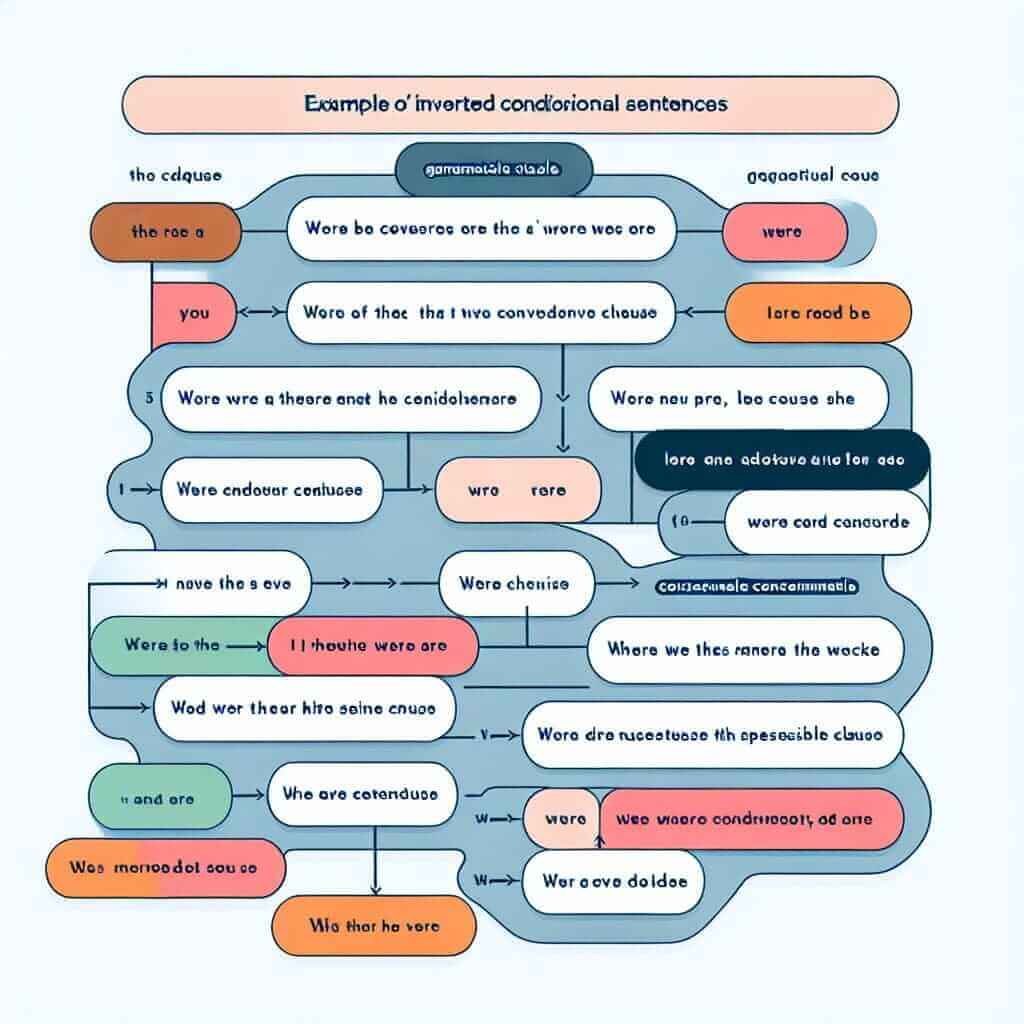In the realm of the IELTS exam, demonstrating a strong command of English grammar is paramount to achieving a high band score. One particular construction that often trips up test-takers, yet holds the potential to elevate your language use, is the inverted conditional clause exemplified by the phrase “Were it realistic, I would propose it.” This article delves into the intricacies of this grammatical structure, providing you with the knowledge and tools to wield it confidently in your IELTS writing and speaking.
Let’s consider a few scenarios where this structure might appear within the IELTS:
Speaking Part 3:
Examiner: “Do you think governments should invest more in renewable energy?”
You: “Absolutely. Were it not for the financial implications, I believe we should be transitioning to 100% renewable sources immediately.”
Writing Task 2:
Prompt: “Some people believe that space exploration is a waste of resources. Discuss both views and give your own opinion.”
Your essay: “While some argue against the cost of space exploration, its potential benefits cannot be ignored. Were we to discover new resources or habitable planets, the long-term rewards could be immeasurable.”
Analysis: In both examples, the inverted conditional adds a degree of formality and sophistication to the language. It allows us to express hypothetical situations and their consequences in a concise and impactful manner.
Deconstructing the Inverted Conditional
Meaning and Frequency in IELTS
Inverted conditionals, while less common in everyday speech, are a hallmark of formal writing and sophisticated spoken discourse. They are used to express hypothetical or unlikely situations in a nuanced and impactful way. While they don’t appear in every IELTS exam, understanding their structure and usage can significantly enhance your ability to demonstrate grammatical range and accuracy, contributing to a higher score.
Formula and Application
The basic formula for this inverted conditional is as follows:
Were + subject + to + verb (base form)…, subject + would/could/might + verb (base form)
Breakdown:
- “Were”: Replaces “if” and signals the hypothetical situation. Note the inversion of subject and verb (“were it” instead of “if it were”).
- Subject: The element upon which the condition depends.
- “To”: Used with the base form of the verb following the subject in the “were” clause.
- Would/Could/Might: Modal verbs indicating the likely outcome if the condition were true.
Examples:
- Were the government to invest more in public transport, traffic congestion would decrease significantly.
- Were I to have more free time, I would learn a new language.
- Were it not for the language barrier, I would love to travel to Japan.

Application in IELTS:
- Writing Task 1 (describing trends): “Were the current trend to continue, we can expect…”
- Writing Task 2 (discussing hypothetical situations): “Were we to implement stricter environmental regulations…”
- Speaking Part 3 (expressing opinions in a nuanced way): “Were it not for the cost, I believe…”
Model Answers and Analysis
Writing Task 2:
Prompt: “Many people believe that the benefits of globalization outweigh its drawbacks. To what extent do you agree or disagree?”
Body Paragraph: “Admittedly, globalization has led to certain challenges. For instance, some argue that it has exacerbated income inequality and led to job displacement in developed countries. Were it not for these valid concerns, the overwhelmingly positive impact of globalization on global trade and cultural exchange would be undeniable.”
Analysis: Here, the inverted conditional is used to acknowledge a counter-argument while still maintaining the writer’s stance in favor of globalization. It adds a layer of complexity and concession, showcasing a higher level of argumentation.
Speaking Part 3:
Examiner: “Some people believe that robots will take over many jobs in the future. What’s your opinion?”
Candidate: “It’s certainly a possibility. Were robots to become sophisticated enough to perform complex tasks, certain job sectors might face significant automation. However, I believe that human creativity and adaptability will always be in demand.”
Analysis: The use of “were robots to” effectively conveys the hypothetical nature of the situation, showcasing the candidate’s ability to engage with the question on a nuanced level.
Elevating Your Language: Tips for Higher Bands
- Vary your conditional structures: Don’t solely rely on inverted conditionals. Demonstrate your range by using different types of conditional clauses (e.g., first conditional, second conditional, mixed conditional).
- Maintain parallelism: Ensure grammatical consistency within the inverted conditional clause. For example, if you use “were” in the first part, use the appropriate modal verb (would, could, might) in the second.
- Context is key: Only use inverted conditionals when appropriate for the register and tone of your writing or speaking. They are generally more suitable for formal contexts.
Common Pitfalls and How to Avoid Them
-
Incorrect verb tense: Remember to use the base form of the verb after “were.”
Incorrect: Were I to had more time…
Correct: Were I to have more time… -
Missing “to” after the subject:
Incorrect: Were the government invest more…
Correct: Were the government to invest more… -
Overusing inverted conditionals: While impressive when used correctly, overusing this structure can make your writing sound unnatural. Employ it judiciously for maximum impact.
Conclusion
Mastering the inverted conditional structure, as exemplified by “Were it realistic, I would propose it,” is a surefire way to enhance your grammatical range and impress the IELTS examiner. By understanding its construction, practicing its application, and being mindful of potential pitfalls, you can confidently incorporate this advanced grammatical tool into your writing and speaking, paving the way for IELTS success.